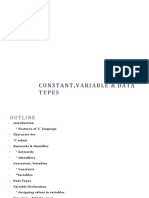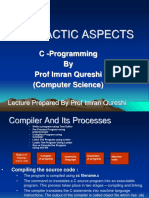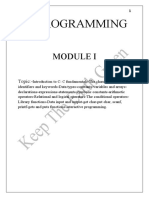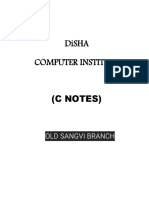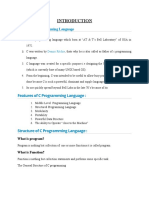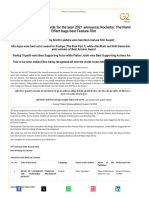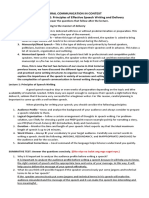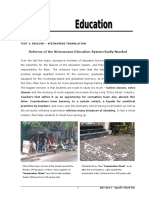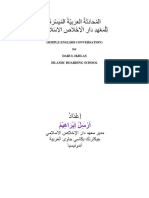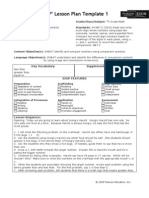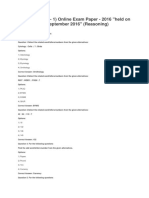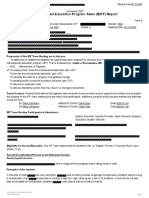0% found this document useful (0 votes)
113 views13 pagesIntro To C Language
This document provides an introduction to the C programming language. It discusses that C is a general purpose programming language invented in 1972 by Dennis Ritchie at Bell Labs. It covers C character sets including alphabets, numbers, special symbols, and white spaces. It also defines the six main tokens in C - keywords, identifiers, variables, strings, operators, and constants. It provides details on each of these tokens and their usage in C programs. Finally, it discusses the typical structure of C programs including documentation, symbolic constant definition, and file inclusion sections.
Uploaded by
jeeeCopyright
© © All Rights Reserved
We take content rights seriously. If you suspect this is your content, claim it here.
Available Formats
Download as DOCX, PDF, TXT or read online on Scribd
0% found this document useful (0 votes)
113 views13 pagesIntro To C Language
This document provides an introduction to the C programming language. It discusses that C is a general purpose programming language invented in 1972 by Dennis Ritchie at Bell Labs. It covers C character sets including alphabets, numbers, special symbols, and white spaces. It also defines the six main tokens in C - keywords, identifiers, variables, strings, operators, and constants. It provides details on each of these tokens and their usage in C programs. Finally, it discusses the typical structure of C programs including documentation, symbolic constant definition, and file inclusion sections.
Uploaded by
jeeeCopyright
© © All Rights Reserved
We take content rights seriously. If you suspect this is your content, claim it here.
Available Formats
Download as DOCX, PDF, TXT or read online on Scribd
/ 13















